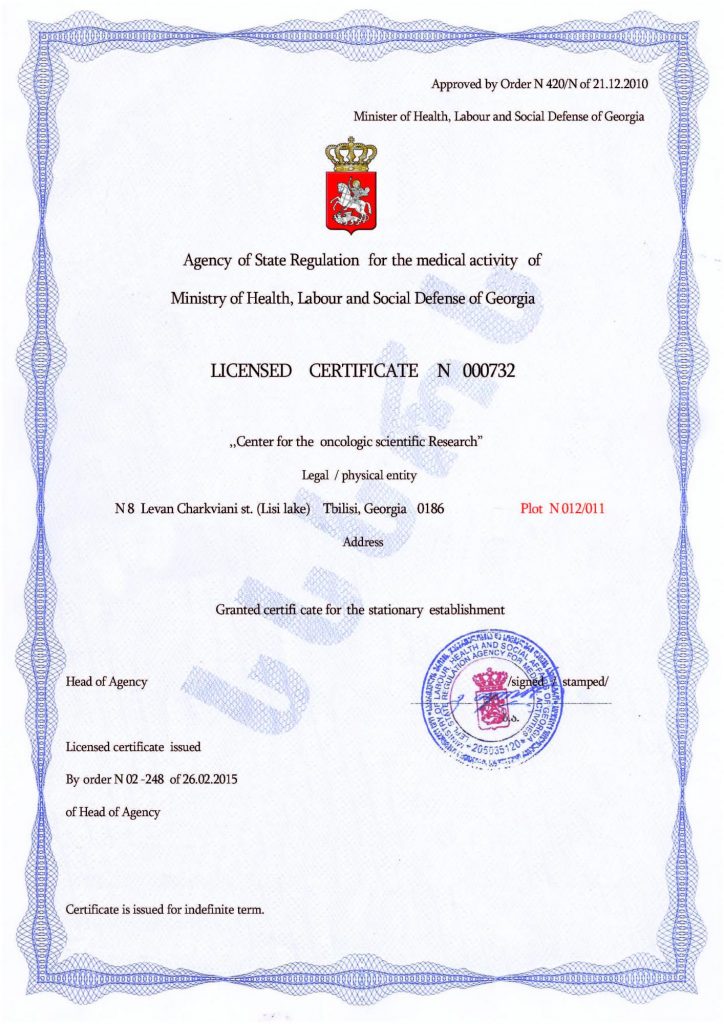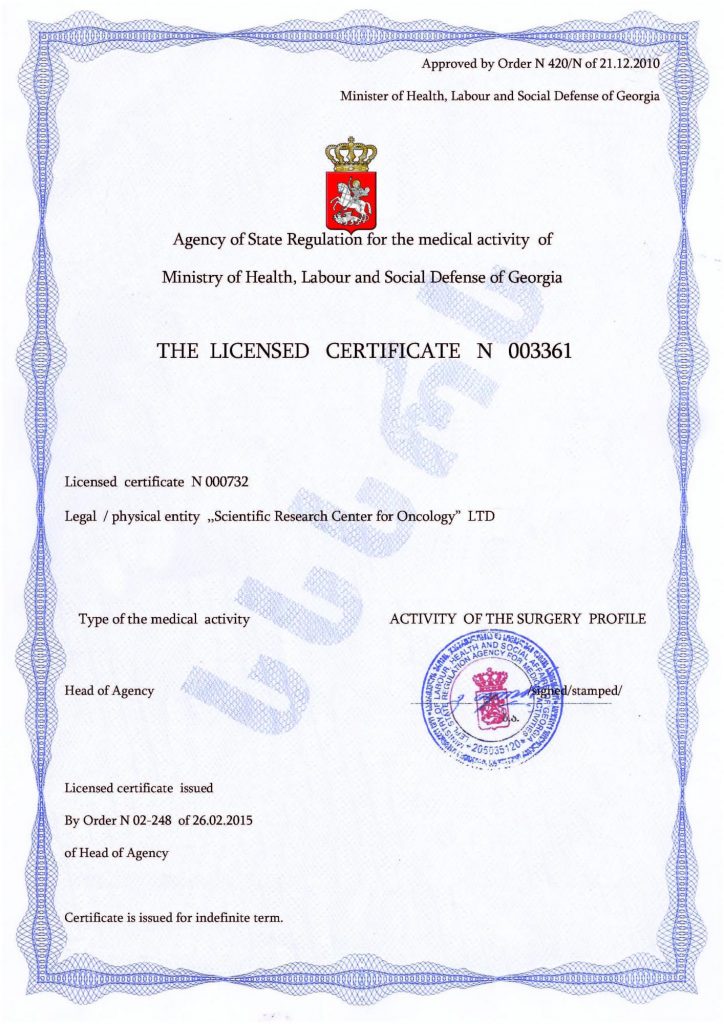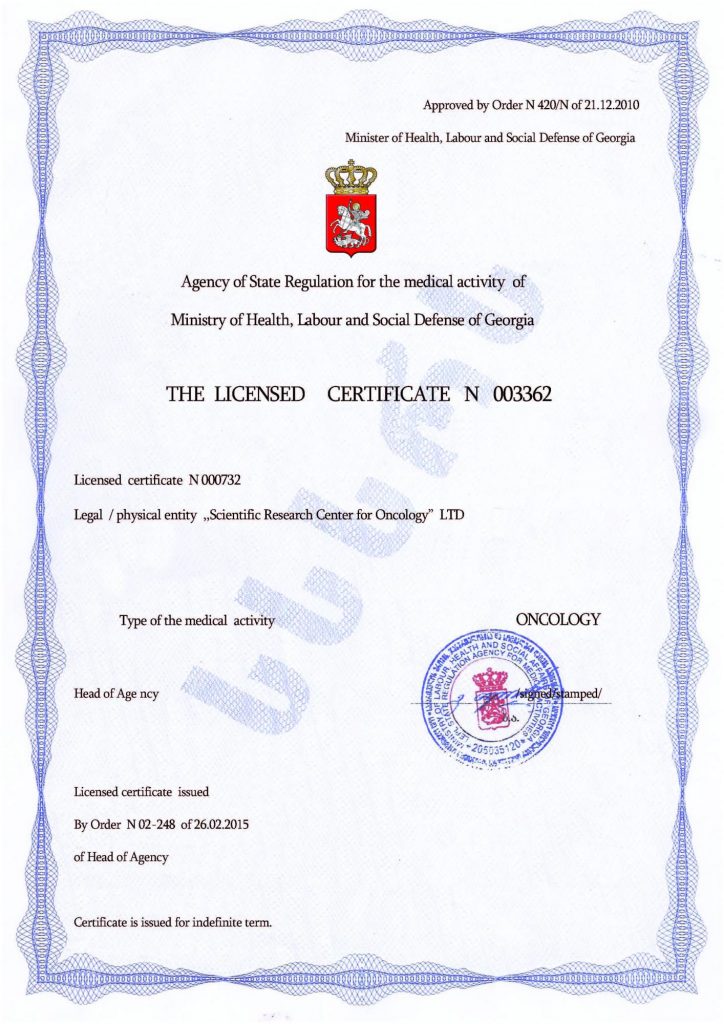The Power of Art and Autism Treatment
Art is not only beautiful in itself — it can also be used as a means of communication, self-expression, group interaction, diagnosis, and conflict resolution. It is no coincidence that carved idols, amulets, sacred images, and symbols have been used in various cultures and religions for healing purposes over the millennia.
This quality of art has been preserved to this day, as it is applied within the framework of art therapy. The term was introduced in 1942 by British artist Adrian Hill, who discovered the benefits of painting and drawing while recovering from tuberculosis. Soon after, several psychiatrists began describing their work with patients as “art therapy.”
At that time, there were no official courses or training programs in art therapy, and those practicing it had education in other disciplines, working under the supervision of psychiatrists and psychologists. The establishment of art therapy as a unique and widely accepted approach occurred only in the mid-20th century, independently and simultaneously in the United States and Europe.
Art therapy involves using various creative techniques — drawing, painting, collage, coloring, or sculpting — to help patients express themselves artistically and explore the psychological and emotional nuances represented in their works. “Decoding” non-verbal messages and symbols, often found in these art forms, aims to lead to a better understanding of patients’ experiences, feelings, and behaviors, so they can comprehend and resolve their deeper issues.
Studies show that art therapy benefits people of all ages, improving communication skills and concentration, helping reduce feelings of isolation, and boosting self-esteem and confidence.
Positive results and benefits from art therapy are often achieved for individuals dealing with issues such as:
• Anxiety;
• Depression;
• Drug and alcohol addiction;
• Stress;
• Post-traumatic stress;
• Attention deficit and hyperactivity disorder;
• Cancer and heart diseases;
• Anorexia;
• Bulimia and other eating disorders;
• Cognitive impairments.
Art therapy allows individuals to express emotions through non-verbal creativity rather than speech. It helps patients explore their emotions, enhances self-esteem, helps with addiction, reduces stress, and alleviates symptoms of anxiety and depression. Success in art therapy does not require talent in painting or sculpture, as the process is not about the artistic value of the work, but rather about finding connections between the creative choices made and the patient’s mind and life. An artwork can be used as a springboard to awaken certain memories and then tell stories that may reveal different messages and beliefs from the subconscious. Often, art therapy can be used in conjunction with other methods, such as group therapy or cognitive-behavioral therapy.
Therefore, it makes sense to apply art therapy for correcting conditions such as:
• Children with learning difficulties;
• Adults experiencing severe stress;
• Children with behavioral problems or violations of societal norms;
• Mental health issues;
• After traumatic brain injury or a traumatic event.
Undoubtedly, art therapy can significantly stabilize patients’ conditions, as it primarily provides them with peace of mind, which is a necessary condition for understanding their feelings. However, it requires a significant amount of time, and there is no guarantee it will help the patient — for example, due to unconscious internal resistance or a deliberate unwillingness to “open up” even in drawings.
This can be avoided by using cellular therapy — a modern, safe, and natural method that is highly effective. One of its advantages is its comprehensive approach — it combats autism itself, not just its symptoms, which traditional approaches cannot achieve. Moreover, no medication is required to address the disorder — it works by activating the body’s own regenerative abilities.
The treatment occurs through the transplantation of stem cells, which have the unique ability to transform into any other specialized cells that make up individual organs and tissues. Thus, they become healthy analogs of damaged cells and replace them. This renewal leads to the normalization of brain and nervous system function, improving the effectiveness of other correction methods, including art therapy. Positive changes occur soon after the procedure and last for a long time, often for a lifetime.
Cellular therapy, developed not long ago, has already gained widespread recognition and may become the primary method for combating autism and its manifestations in the future. It is currently used in leading clinics around the world, though there are not many. Among them is the Mardaleishvili Medical Center, where highly skilled specialists with extensive successful experience work, and the latest-generation equipment ensures the best therapeutic results. Treatment at the center is more affordable for patients than in other countries. Additionally, assistance can be provided with trip planning and solving various issues, including accommodation during rehabilitation, which does not take much time.
Cellular therapy — a modern solution to problems caused by autism!
Autism Treatment Center Videos
Autism treatment with own stem cells
Cord blood association congress
International Quality Crown
Autism Treatment Reviews
Autism treatment with own stem cells
The story of Alessandro (6 years old)
Autism Patient Testimonial - Stem Cell Treatment
Clients Testimonials

Feedback from Igor, David’s father (12 years old) Read More

Feedback from Olga, Fedya’s mother Read More
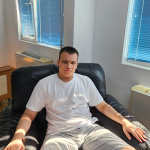
Feedback from Natalia, Radomir’s mother (15 years old) Read More
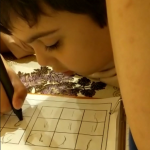
Feedback from Esther, Samuel’s mother (8 years old) Read More
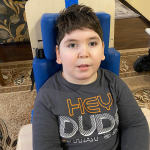
Feedback from Abibe, Selim’s mother (7 years old) Read More









